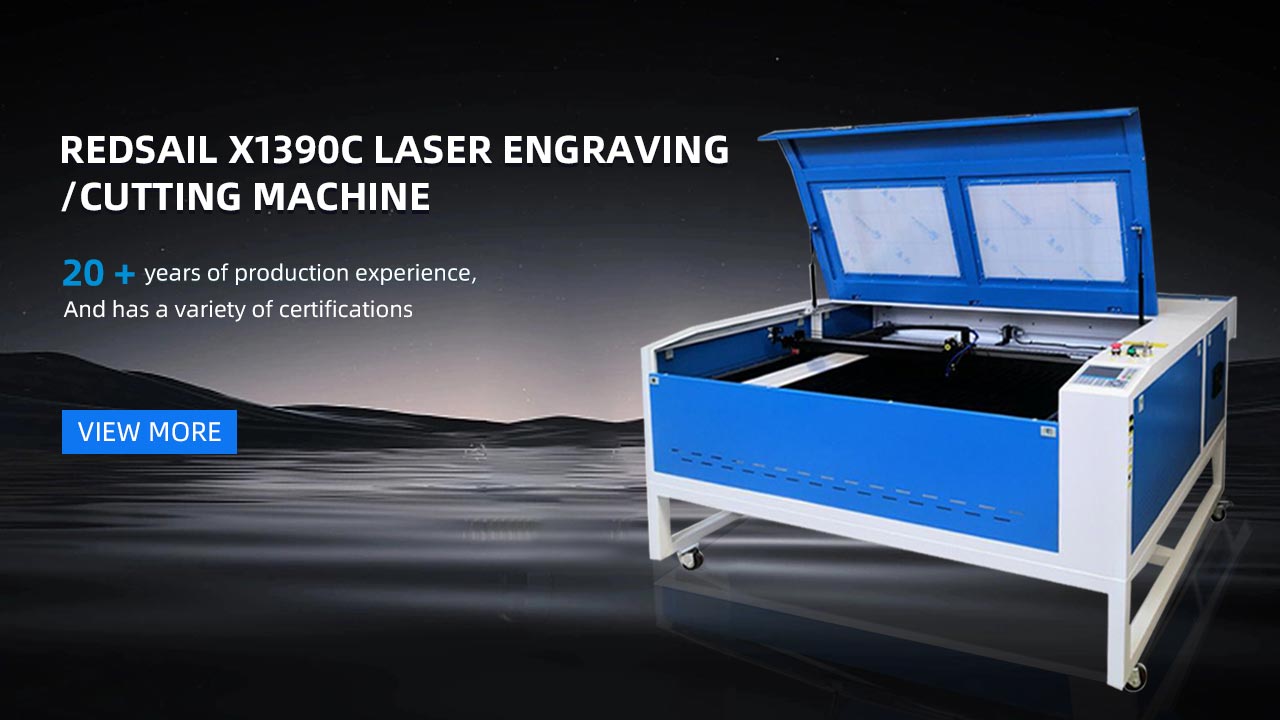Is Laser Cutting on Wood the Ultimate Innovation in Design and Woodworking?
Woodworking has always been an art that requires precision, attention to detail, and skillful techniques. Over time, new technologies have been introduced to enhance the creative possibilities in woodworking, one of which is laser cutting. Laser cutting on wood has quickly gained popularity in the design and woodworking industries due to its ability to revolutionize traditional woodworking methods. This article explores the concept of laser cutting on wood and investigates whether it is indeed the ultimate innovation in design and woodworking.
What is Laser Cutting on Wood?
Laser cutting is a process that involves using a high-powered laser beam to cut, engrave, or etch materials with extreme precision. When it comes to wood, laser cutting allows for intricate and detailed designs to be etched or cut into the surface of the wood. The laser beam vaporizes or burns away the wood in a controlled manner, resulting in precise and flawless cuts.
The Advantages of Laser Cutting on Wood
Laser cutting offers numerous advantages compared to traditional woodworking methods. Some of the key benefits include:
- Precision: Laser cutting provides unparalleled precision, allowing for intricate designs and fine detailing that would be nearly impossible to achieve by hand.
- Speed and Efficiency: Laser cutting is much faster than manually cutting or engraving wood. It can complete complex designs in a fraction of the time.
- Flexibility: Laser cutting machines can easily handle a wide range of designs, from simple shapes to complex patterns.
- No Material Contact: The laser beam doesn’t physically touch the wood, minimizing the risk of accidental damage or scratching.
- Repeatability: Once a design is programmed, laser cutting machines can reproduce it accurately every time.
Applications of Laser Cutting on Wood
Laser cutting has opened up new avenues for creativity and design in woodworking. It is widely used in various industries, including:
- Furniture Design: Laser cutting allows for intricate patterns and designs to be incorporated into furniture pieces, adding a unique touch to each creation.
- Interior Design: Laser cutting on wood has become popular in interior design, with custom wall panels, room dividers, and decorative elements being created using this technique.
- Art and Sculpture: Artists and sculptors utilize laser cutting to create captivating wooden artwork, pushing the boundaries of traditional woodworking.
- Architectural Models: Architects leverage laser cutting to create accurate and detailed models of their designs, helping visualize the final product.
Challenges and Limitations of Laser Cutting on Wood
While laser cutting on wood offers numerous benefits, there are also certain challenges and limitations to consider:
- Material Limitations: Not all types of wood can be laser cut, as some may release toxic fumes or leave undesirable burn marks.
- Cost: Laser cutting machines can be expensive, making it a significant investment for small-scale woodworking businesses.
- Design Complexity: Highly intricate designs may require more time and precision to execute properly, potentially increasing production costs.
- Machine Maintenance: Laser cutting machines require regular maintenance, including cleaning the lens and aligning the laser, to ensure optimal performance.
FAQs (Frequently Asked Questions)
Is laser cutting safe for the wood being processed?
When performed correctly, laser cutting is safe for wood. However, some woods may release harmful fumes during the cutting process, so it is essential to select the appropriate type of wood for laser cutting and ensure proper ventilation in the workspace.
Can laser cutting be used on thick wood materials?
Yes, laser cutting can be used on thick wood materials. However, the cutting speed may be slower, and additional power may be required to penetrate thicker woods.
Is laser cutting better than traditional woodworking techniques?
Laser cutting is not necessarily better than traditional woodworking techniques; it simply offers an additional tool for creativity and precision. The choice between laser cutting and traditional methods depends on the specific project requirements, the desired outcome, and the woodworking skills available.
Can laser cutting be used on other materials besides wood?
Absolutely! Laser cutting is applicable to various materials, including acrylic, plastic, leather, fabric, and even metals like stainless steel and aluminum.
Conclusion
Laser cutting on wood has undoubtedly emerged as a groundbreaking innovation in design and woodworking. Its ability to achieve intricate designs, improve efficiency, and expand creative possibilities make it a valuable tool in the industry. However, it should be seen as a complement to traditional woodworking techniques rather than a replacement. By leveraging the advantages of laser cutting while acknowledging its limitations, woodworkers and designers can unlock a new realm of craftsmanship and transform their artistic visions into tangible wooden masterpieces.





